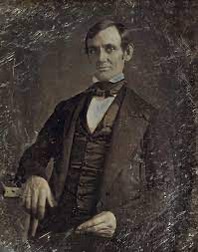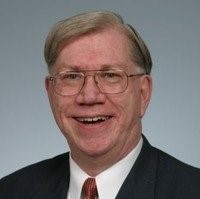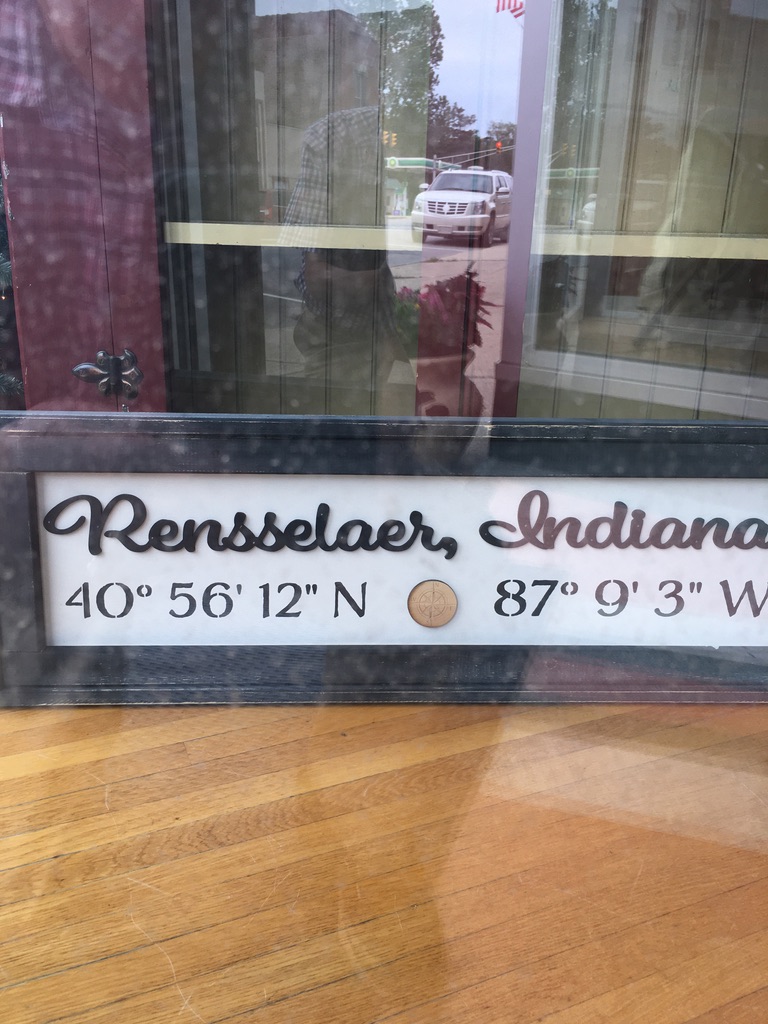NCUA’s open board meeting In May had only one agenda item, the quarterly staff update on the NCUSIF.
This was an opportunity to focus on many topics that have swirled around the management of the Fund over the past year. These include:
- The fund’s investment strategy especially in the rising rate environment;
- The accounting confusions using Federal not private GAAP presentation;
- Projections for the fund’s operating outcomes later in the year;
- Options to more accurately present the Normal Operating Level (NOL). The ratio now uses two separate accounting period’s data;
- The prospect of lowering the NOL to its historic range of 1.2 to 1.3% from 1.33%.
The NCUSIF’s $22 billion is its largest asset . The fund’s unique cooperative design means credit unions have a direct financial stake in its performance. Credit unions should receive a dividend in years of strong performance and pay a premium in the event of mismanagement or a catastrophic loss.
As noted by Vice Chair Hauptman in the meeting: it’s a mutual asset of the credit union movement and NCUA. . . it’s worth reminding everybody that every dollar of that one percent contribution belongs to credit union members and no other. NCUA has the obligation to credit unions and their members to manage that fund prudently and effectively.
Board member Hood reiterated: The 1% capital deposit which comprises most of the Share Insurance Fund’s equity is also an asset of the credit union. We should never forget this.
I would add that the unique coop design intended the 1% deposit be an earning asset for credit unions.
The Fed’s Response to the Current Economy
As reported by CNBS: Minutes from the Fed’s June meeting, which were released Wednesday, revealed that the central bank is prepared to use even more restrictive measures to tame surging inflation. They indicated that July’s meeting would bring another rate hike of up to 75 basis points, and acknowledged that the economy could suffer a slowdown.
“Participants concurred that the economic outlook warranted moving to a restrictive stance of policy, and they recognized the possibility that an even more restrictive stance could be appropriate if elevated inflation pressures were to persist,” the minutes said. Treasury yields, meanwhile, continued to rise.”
This is not new news. Since October 2021 the Fed has indicated that it would change its accommodative monetary policy in response to signs of growing inflation. That intent became explicit in December with forecasts of interest rate hikes from the historically low levels engineered in 2020 to respond to the Covid economic shutdown.
The market’s response was swift. Through this year’s second quarter, bond fund valuations have fallen almost 20% in market value. The NCUSIF has gone from a market gain of over $500 million in 2020 to a market valuation loss of $1.1 billion as of the April 2022 NCUSIF report.
The NCUSIF Staff”s Response to Rising Rates
The staff’s response to this dramatic change in rates was provided in May’s presentation: Extend the investment portfolio further by going from a maximum term of 7 years to 10 years. Rick Mayfield, capital market specialist. stated this strategy would place approximately 10% of the portfolio in annual buckets over the 10 year range in a one to two year time frame.
The result would raise the average weighted duration from 3.5 years to almost 6 years—at a time when the overwhelming consensus and Fed intent is that rates will continue to rise.
The continuing decline in the NCUSIF’s market value in the past 18 months shows how far the portfolio is falling short of current rates. This below market return is lost revenue in the tens of millions of dollars. The continuing decline is a specific indicator of the portfolio’s performance gap from current market rates.
To mechanically continue investing in equal “buckets” over ten years is a failure of management.
This investment extension aligns with neither the current policy nor experienced investment judgment. No objective data or analysis was offered to support this extension to a 5-6 year duration.
Extending a portfolio does not automatically bring higher rates. Yield curves do not always slope upward.
As an example, when yield curves invert, that is the two year bond pays more than the 10 year, how does purchasing the lower return 10 year bond “maximize yield” per fund policy?
Managing the portfolio’s duration is the most critical function to match the liabilities for which the fund is responsible. These include paying operating expenses, growing retained earnings in line with insured shares, and if necessary, covering insurance losses. Those expense liabilities can be easily quantified and monitored monthly to align with investment earnings (yield) decisions.
For example, a 2% fund yield would generate $400+ million in revenue easily meeting the operating expense and projected equity growth goals. A 3% earnings rate should result in a dividend to the owners if insurance losses are at, or below, long term trends.
This is the integrated ALM/IRR management NCUA expects all credit unions to practice. This management responsibility is not a fixed formula followed routinely whatever the market conditions or future outlooks. Rather modeling tools, forecasts and judgment are used to align asset returns and the cost of liabilities as market events change.
No Free Lunch
Even more disappointing was the assertion by CFO Schied that the portfolio’s new extension to ten years would be initiated this quarter-despite the explicit forecast of further raises from the Federal Reserve.
“ . . .with respect to the investment portfolio and consistent with the existing board approved investment policy. the investment committee has decided last month to begin to extend the portfolio ladder out to 10 years. This is not reflected in today’s quarter one presentation because the decision to do so does not show up until quarter two which will be evident in my quarter two presentation as well as our monthly reporting that we post on the website going forward.”
Naively extending investments to “chase yield” is a common examiner criticism of poorly documented credit union investing. Such extensions may produce a short term income jolt but at significantly increased ALM/IRR risk.
Vice Chair Hauptman remarked: I can say as somebody who worked in fixed income markets for years you know there is no free lunch. We can get more income by taking more risk and in no other fashion.
There was no data presented to justify a decision to extend from 7 to 10 years in a rising rate environment, an action contradictory to traditional sound portfolio practice. This extension was also taken in the face of increasing market losses. This mechanical approach underperforms in the current interest rate environment.
Making a fixed rate 10-year investment in the face of inflation and other economic uncertainties, is extremely speculative. It severely limits management options for responding to market events and any changes in credit union insurance needs. It results in a fixed revenue cap for an even longer period than the current practice.
The result is that NCUA’s hands are tied responding to events during this extended average life of almost 6 years. The Fund becomes dependent on other sources for liquidity or revenue, a contradiction in the fund’s fundamental financial role.
This extension announcement doubles down even after the mounting evidence of NCUSIF investment management shortcomings. The investment policy referenced has not been updated since 2013. But most concerning is that there appears to be no ability to objectively evaluate investment practice.
Projecting the Equity ratio And Slowing Share Growth
In addition to presenting the current investment approach, CFO Schied’s projected the NCUSIF’s NOL to June 30, providing two interesting data disclosures.
The first is that he projects an operating loss of $68 million for the NCUSIF in the second (June) quarter versus a net income of $54.4 million in the March quarter. That is a $122 million reversal in operating results.
Since investment revenue more than offsets operating expenses, the only possible reason for such a reversal is insurance loss reserves. Yet all the CAMEL results are positive. There was no indication of any major unaddressed issues. So why this dismal forecast?
Secondly Schied also gave the agency’s 12-month insured share growth forecasts for 2022. Actual share growth was 9.3% for the March quarter. The projections are 7% growth at June 30, year over year; and only 4.3% for the full calendar 2022. A significant slowdown from the past two years.
A Board Meeting with Mixed Outcomes
The Agency’s mechanical NCUSIF investing in the face of dramatic rate changes and increasing portfolio devaluations was a disappointment. Extending the investment duration to almost six years (versus current 3.5 years), will only reduce the Fund’s flexibility responding to changing rates and future industry risk events.
Both Chair Harper and CFO Schied downplayed or even denied there was any real risk to extending the portfolio. Here is the Chairman’s summary observation:
The changes in the value of these(investment) assets were expected. That is because as interest rates go up the value of these bonds go down. I learned that in my finance 301 class back in college.
These unrealized losses fortunately do not impact the equity ratio and do not increase the likelihood of a premium just as unrealized gains do not increase the equity ratio. What the unrealized losses signal is a change in the interest rate environment. We are moving forward to address this issue. The NCUA is adjusting its investment strategy from a seven year ladder to a ten-year ladder. . .
This observation is incorrect in two respects:
- Extending the ladder increases the portfolio’s risks, especially as it relates to meeting its matching liability/expense requirements.
- As the portfolio continues to carry underwater investments, that is returns below market, then the fund’s revenue is short changed. It is credit unions that may have to pay a premium for NCUA’s mismanagement due to potential revenue shortfalls.
Confusing Financial Presentations
The staff continues to present financial information following Federal GAAP that both confuses and misinforms readers about the actual state of the NCUSIF.
The federal presentation of the balance sheet shows that both the assets and Fund equity have fallen this year from yearend. That is because the decline in market value is is subtracted from both investment assets and the cumulative results of operations (equity) on both sides of the balance sheet. This understatement is $1.1 billion as of April 30 and increasing each month as portfolio valuations decline further.
To the user of this information, the NCUSIF appears to be reducing in size and value.
The accounting category, year to date retained earnings, is not reported under Federal GAAP. Calculating the Fund’s NOL trends requires this number. However it is not presented in the financial statements, but must be derived from the information presented.
Finally the issue of how the NOL is being calculated using numbers from two different accounting periods was again raised by Board Member Hood. He referenced the Cotton accounting firm’s review from 2021 and its reported description of several ways the 1% true up could be presented in the Fund’s yearend financial statements.
CFO Schied’s response to Hood’s query was:
We are reviewing and doing the due diligence over alternative approaches including that pro forma idea that you’ve mentioned in order to have a complete picture of the relative costs and benefits and to understand any potential hidden implications of any alternatives.
Because I’m not sure back then that they realized that the change was going to lead to the timing gap that we have today. I would look forward to updating you on these findings over the summer.
Credit unions will certainly be looking for this review!
Overall this single-topic open board meeting identified, but failed to resolve, these ongoing issues of NCUSIF investment management, fund financial presentation and more accurate NOL calculation.
(Editor’s note: Later updates corrected earlier spelling error of Vice Chair Hauptman’s name)









